Basements are important to the design and functionality of your home. A basement not only provides considerable extra living space but also offers functional and storage benefits. This additional area of the home can be transformed or revamped to suit your personal needs and lifestyle. With that said, there are several basement types, each of which has the potential to enhance your living space uniquely.
To make the right choice for your current and future basement needs, the professional basement contractors here at Moose Basements want to help you make a well-informed decision. That is why we have written in detail about the five most popular types of basements, identifying what they are, the similarities and differences between them, their advantages, disadvantages, their function, and so much more!
Understanding the Different Types of Basements

There are several types of basements available so it’s important to know what makes one basement different from the next. Knowing the difference between a full and a partial basement, for example, can help you ask your contractor for the right kind of space to meet your needs.
What one homeowner may view as a benefit of a specific basement type may not necessarily be advantageous to you based on your home, lifestyle, aesthetic, budget, etc. Thus, we’re going to focus on the five main types of basements.
Partial Basements
If you are wondering what is a partial basement, also known as a semi-basement or half-basement, a partial basement is typically found in homes where the ground slopes downward. It is a partially submerged space that is built below part of the house. It is not as deep as a full basement, only covering a portion of the home’s footprint and has a reduced ceiling height, but it still extends below the ground level.
When the terrain makes full basements improbable, for instance, homes built on sloping sites, partial basements are the likely alternative. In cases where a homeowner is looking for much-needed storage space or another living area, a partial basement is the preferred choice.
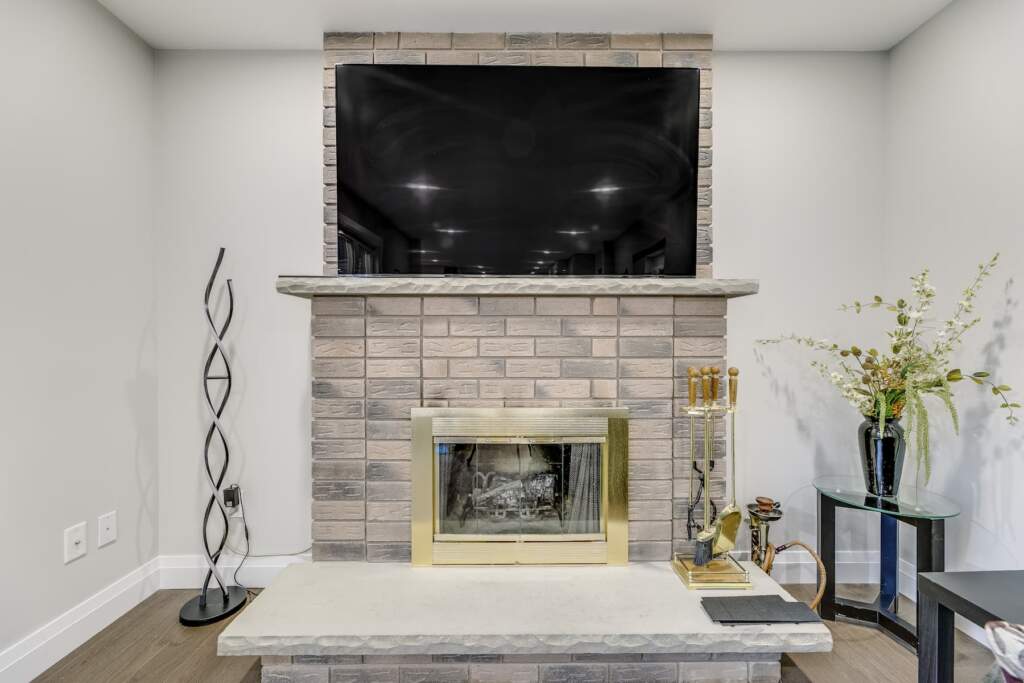
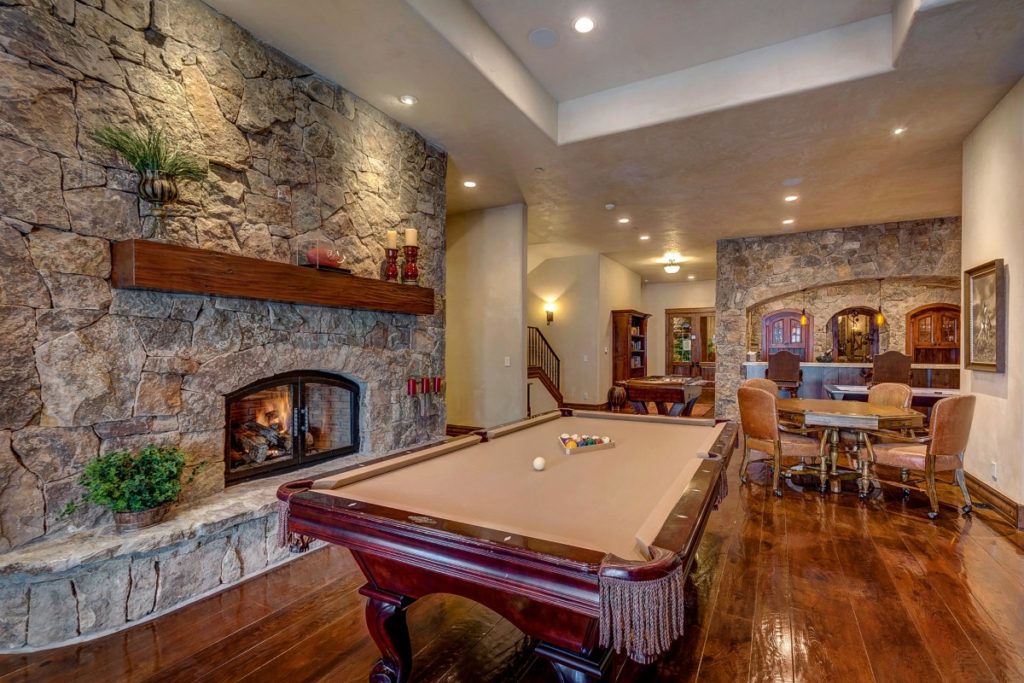
Partial basements are typically less expensive to construct compared to full basements because the reduced depth and smaller footprint contribute to lower excavation and foundation costs. Partial basements also allow homeowners to regulate temperature, which means you can save on heating and cooling costs. It’s the surrounding soil that acts as insulation, making the space energy efficient.
On the other hand, this basement type can feel darker because it has limited access to natural light due to its partially submerged nature. The reduced ceiling height can make the space feel more confined. Partial basements are prone to water intrusion and face challenges with limited egress options. Though it may have some limitations compared to a full basement, a partial basement can still be a valuable feature for homeowners looking to use this space as an additional living area, for storage, utility rooms, workshops or hobby rooms, or storm shelters.
Full Basements
What is a full basement? Well, it’s the most common type of basement found in homes today. It’s the same size as the main floor of a house and shares that footprint. The ceiling must be a minimum of seven feet high so full basements are high enough for an average-height person to stand up straight, but might be lower than a typical above-ground ceiling that would find in the rest of the house.
These basements are built for comfort and use, and their versatility allows you to turn the space into almost anything you can imagine. They are accessed by stairs from the main floor and a separate entrance can be added, for instance, if someone is living in the basement. As a matter of fact, many people use their full basement as a separate living quarter, home gym, rec room, family room, or in other ways that help them get more value from their home.
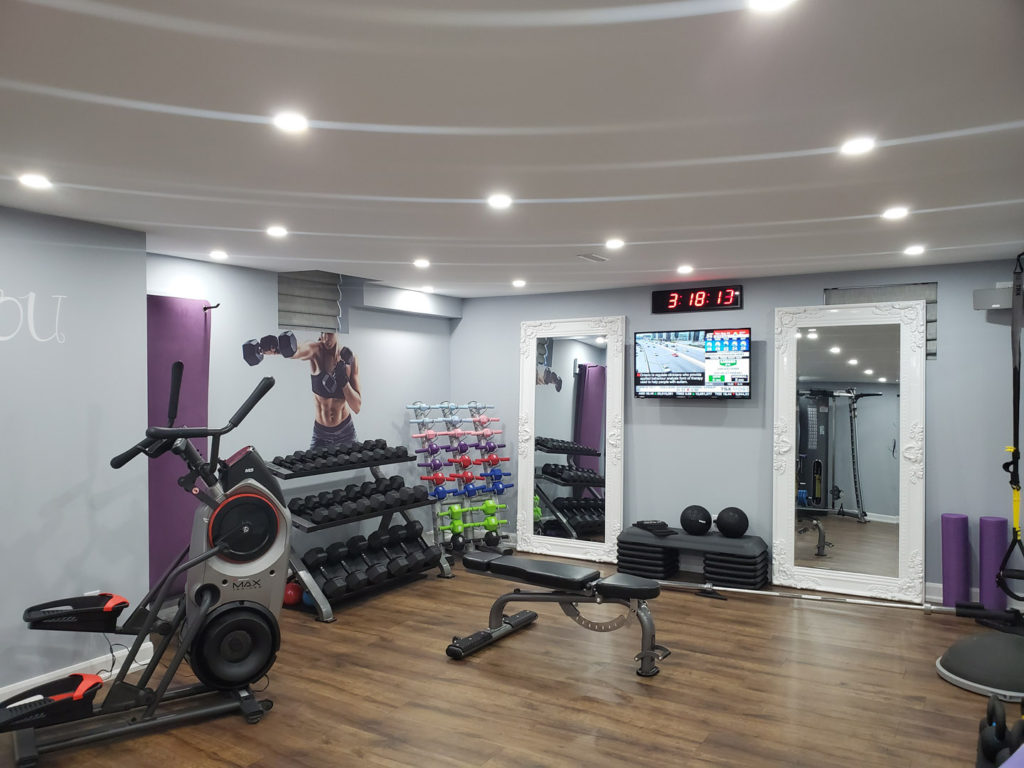

Walkout Basements
Walkout basements are most often found in homes that feature hills or slopes and are built underground. When thinking about what is a walk-out basement, notice one wall has a door that opens to the exterior and this type often has large windows that create an attractive living space in the basement. The inclusion of windows invites natural light and brightens an otherwise dark and uninspiring space. Walkout basements are accessed through the exterior door that leads directly outside or by an interior staircase inside.
One of the great benefits of walkout basements is the fact that it’s designed so you can walk out through a door that’s on the lower level and can easily enter from outside. Ceilings are usually eight feet or more and these types of basements have the same versatility as full basements. A walk-out basement adds square footage to a home, providing additional space for bedrooms, living areas, bathrooms, or even an in-law suite. A walkout basement is however typically a more expensive option because of the additional construction that is required to build.
Daylight Basements
A daylight basement must include at least one full-sized window open to the exterior. The size of this window will generally come down to about your chest and can be above ground level or can also be below ground level with a window well. The door featured in a daylight basement would not exit out onto ground level. So what is a daylight basement? The main difference between a daylight basement and a walkout basement is the number of doors and windows. A daylight basement benefits from sunlight naturally brightening up the basement space via its full-sized windows, but most likely will not include an exterior door on the ground level.
Daylight basements give you a connection to the outdoors, and it’s the natural light that can help make your basement feel more inhabitable, inviting, and appealing. Fortunately, there are not many challenges to having a daylight basement. Proper drainage can become an issue, however, if not done correctly. Successful construction of anything below ground level requires the expertise of a basement contractor to install waterproofing and water redirecting appropriately.
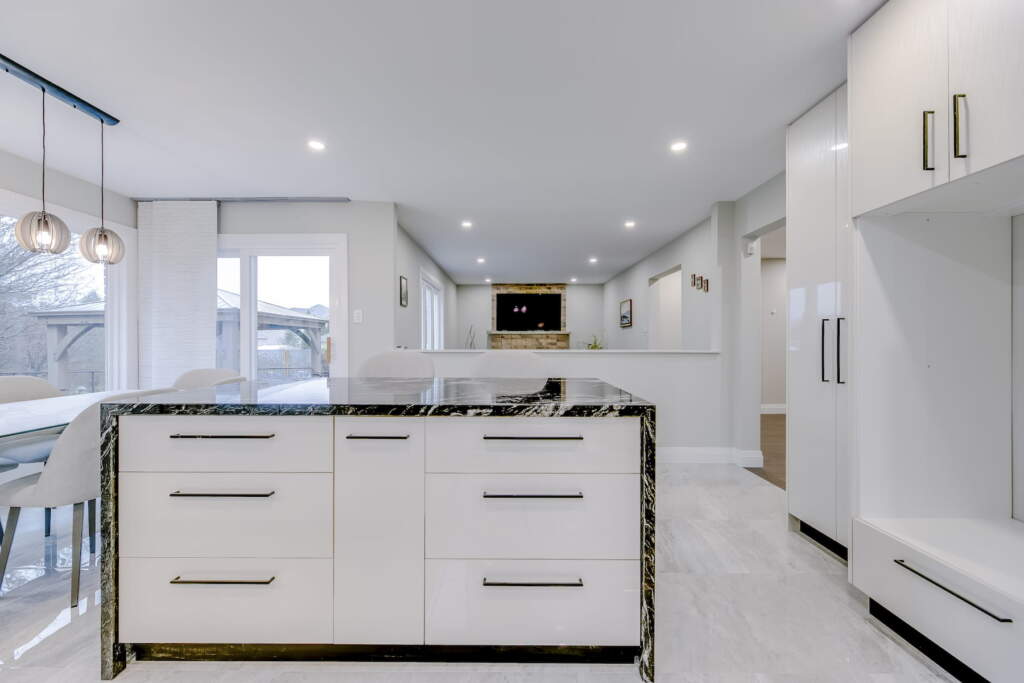

Walk Up Basements
A walk-up basement is a modified version of a full basement. They can be finished or unfinished. At the basement floor level, there will be a door installed that will provide separate access to and from outside. This is especially useful for basement apartments and offices. In addition, the main floor will usually have a staircase.
Most walk-up basements are renovations done to full basements, but some are designed and built to incorporate homeowners’ requirements. Walk-up basements differ from walkout basements because a walkout basement has at least one side of the home where the basement exits out to ground level, while a walk-up basement has either an interior or exterior set of steps that lead from ground level down to an exterior door that leads into the basement.
Choosing the Right Basement Type for Your Home
Basements come in a variety of shapes and sizes and in all cases, they are a valuable asset for your home. A basement provides additional space, and when it’s complete and finished, it can feel like you have another floor to your home. Depending on your lifestyle and home needs, it may be a very important part of the floor plan you want too.
If you want to finish your basement out and use it as a living space or make it feel like an additional floor, ask your contractor about the size and placement of windows that can be included. Windows can make your space feel more welcoming by providing much-needed light into your basement. If larger windows aren’t a viable solution, however, then opt for better lighting in the basement. Lastly, choose a basement type that is best suited for your building site terrain. For example, full basements are the most cost-effective and versatile options whereas walkout basements work best on hilly building sites.
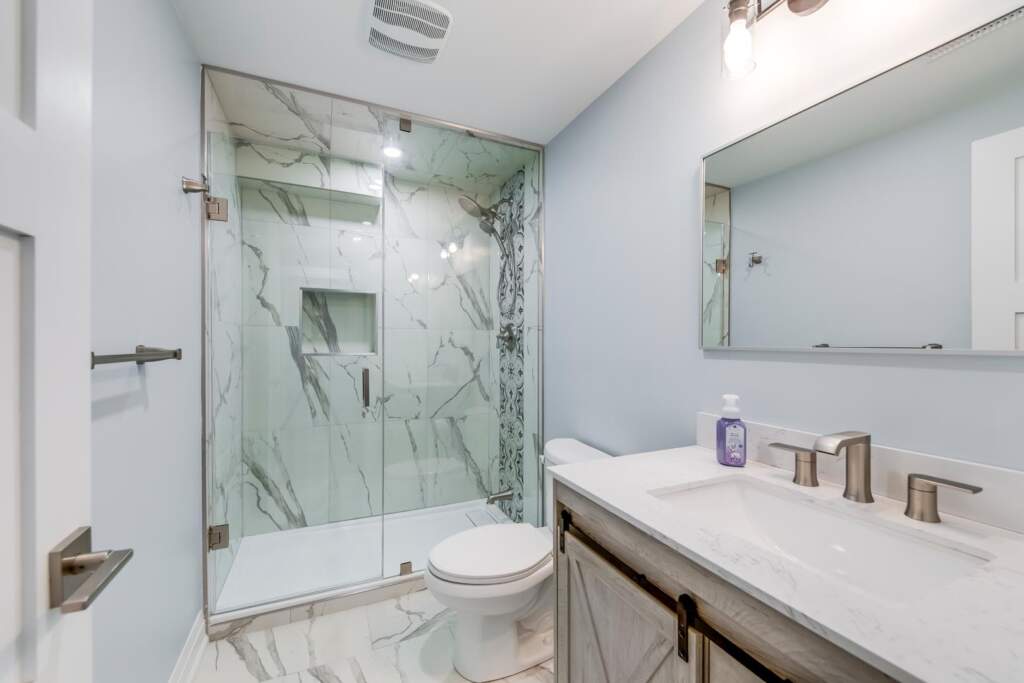
Construction and Cost Considerations
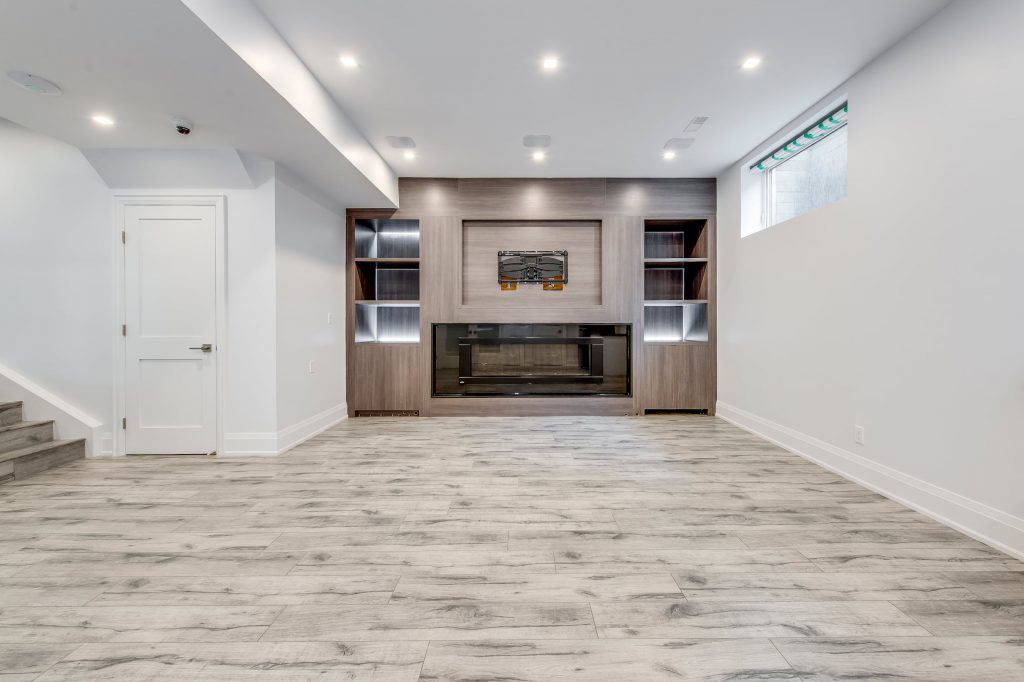
In addition to factoring in the size and type of basement that will best suit your home, consider the materials you want to build it with too. Your basement not only should fit your lifestyle and aesthetic preferences but needs to also be secure and sturdy. Furthermore, you want to ensure that your basement is built in a way that you are happy and confident about. One crucial aspect of achieving this, especially for expanding or deepening your basement, is understanding the importance of underpinning.
Underpinning strengthens and stabilizes the foundation of your home, making it an essential consideration for any basement renovation or construction project. Have a budget when planning for the costs of construction material options. The most common types of building materials are masonry block walls, precast panels, and poured concrete walls.
Ready to Renovate Your Basement?
It’s important to select the appropriate basement type to best enhance your home. After reading our compressive basement guide, hopefully, you have a better understanding of the different types of basements, and this information can help you decide which type is right for you. When choosing which basement type will be best for you and your home, consider your personal needs, budget, and long-term plans.
When you are ready to renovate your basement, contact us at Moose Basements and our knowledgeable team will be happy to help!
The post Types of Basements appeared first on Moose Basements LTD.
https://moosebasements.ca/types-of-basements/
Did you miss our previous article...
https://manstuffnews.com/basement-ideas/5-ways-to-transform-your-basement-bathroom
 Backyard GrillingWeekend WarriorsAdvice from DadBeard GroomingTV Shows for Guys4x4 Off-Road CarsMens FashionSports NewsAncient Archeology World NewsPrivacy PolicyTerms And Conditions
Backyard GrillingWeekend WarriorsAdvice from DadBeard GroomingTV Shows for Guys4x4 Off-Road CarsMens FashionSports NewsAncient Archeology World NewsPrivacy PolicyTerms And Conditions
